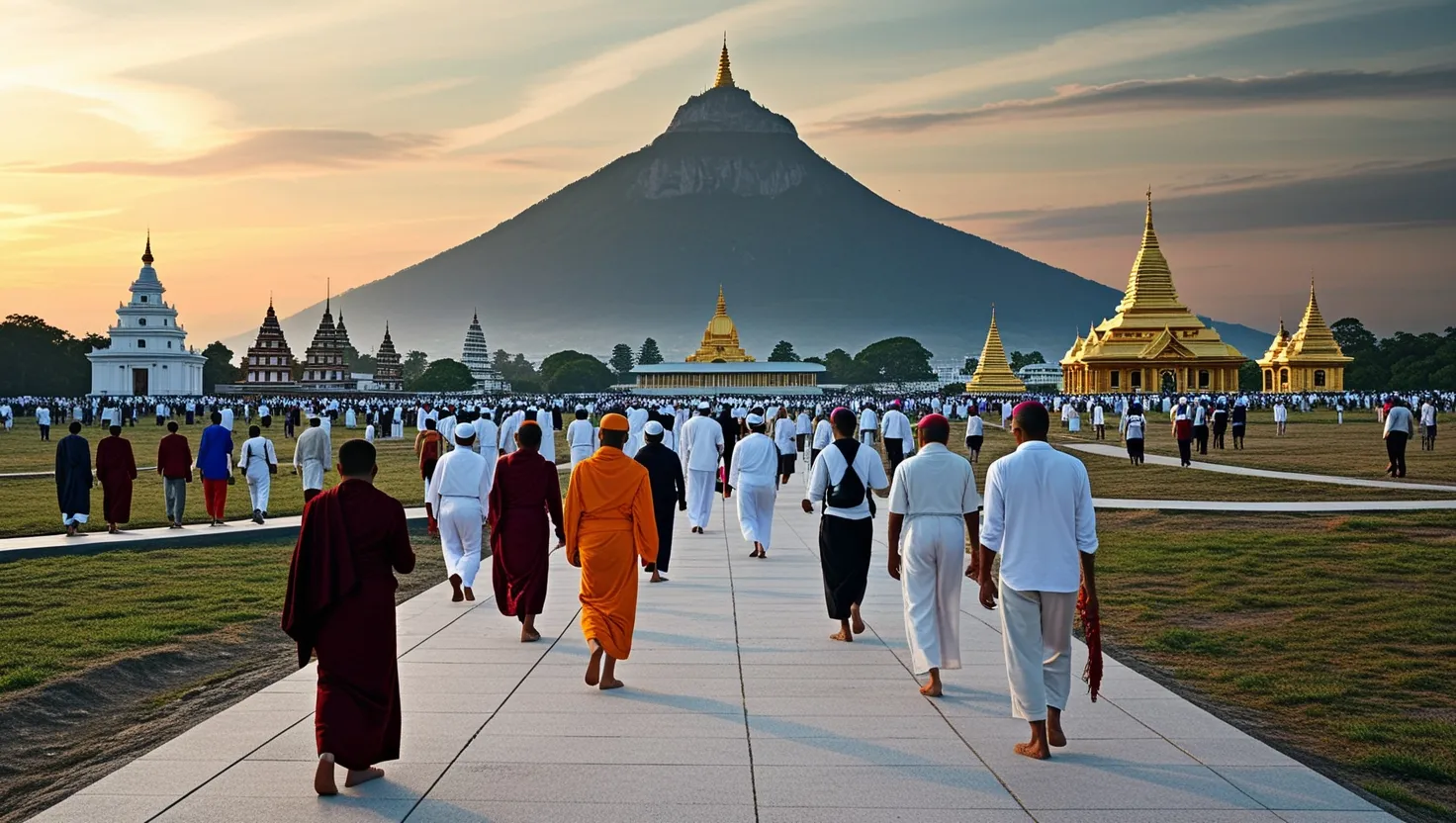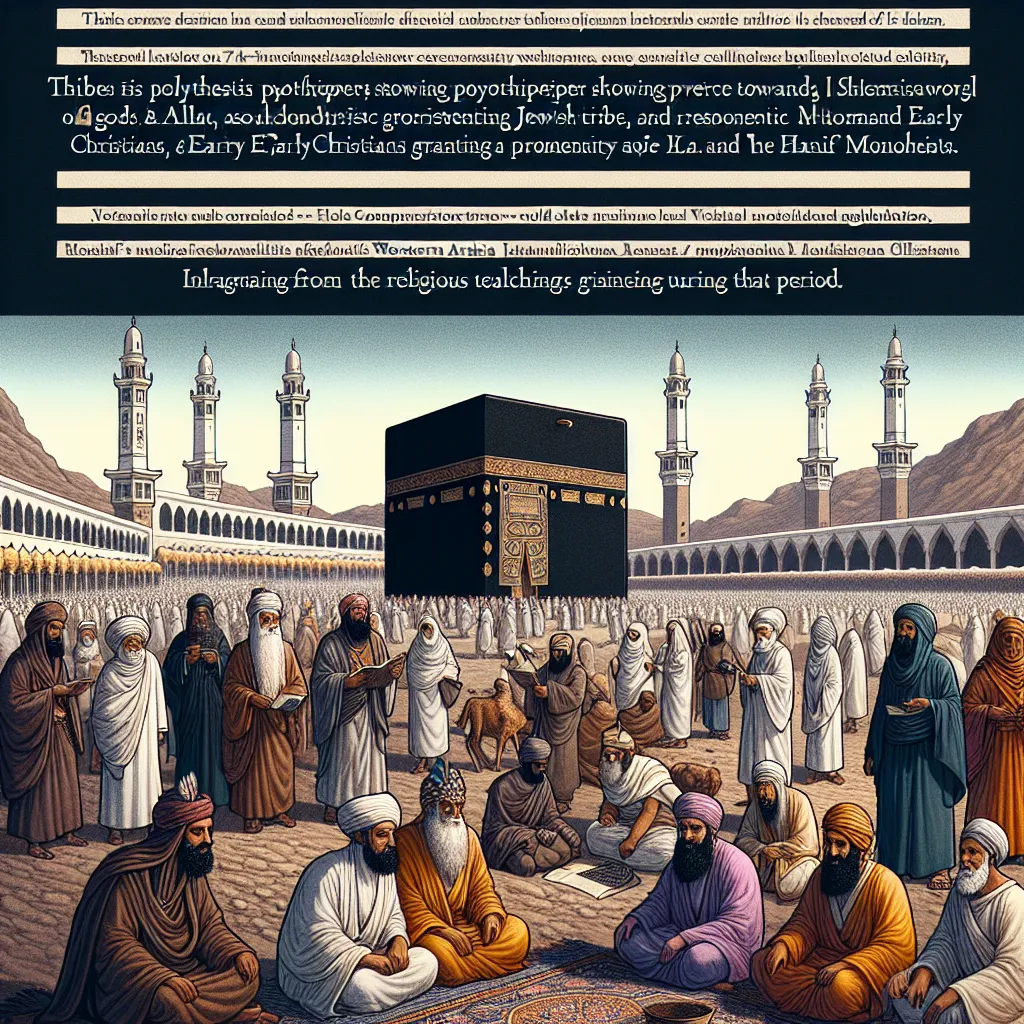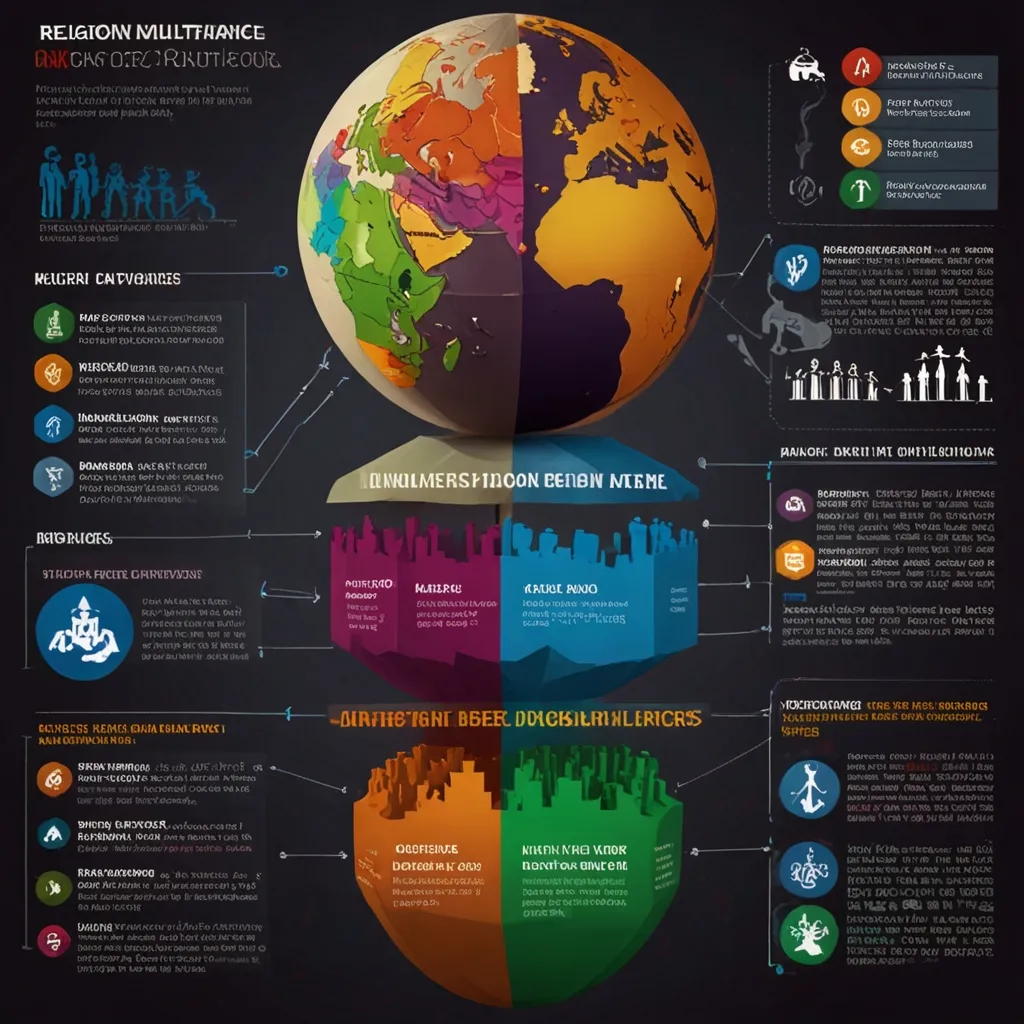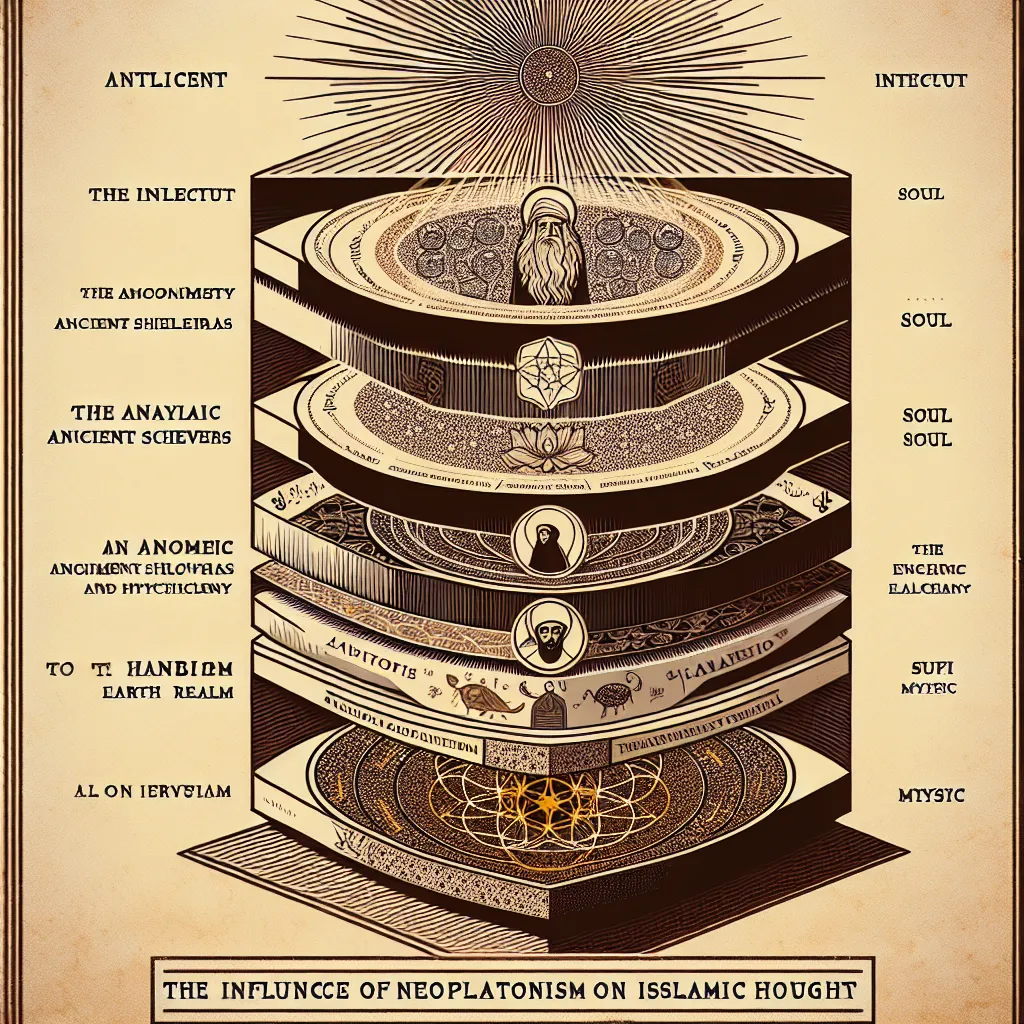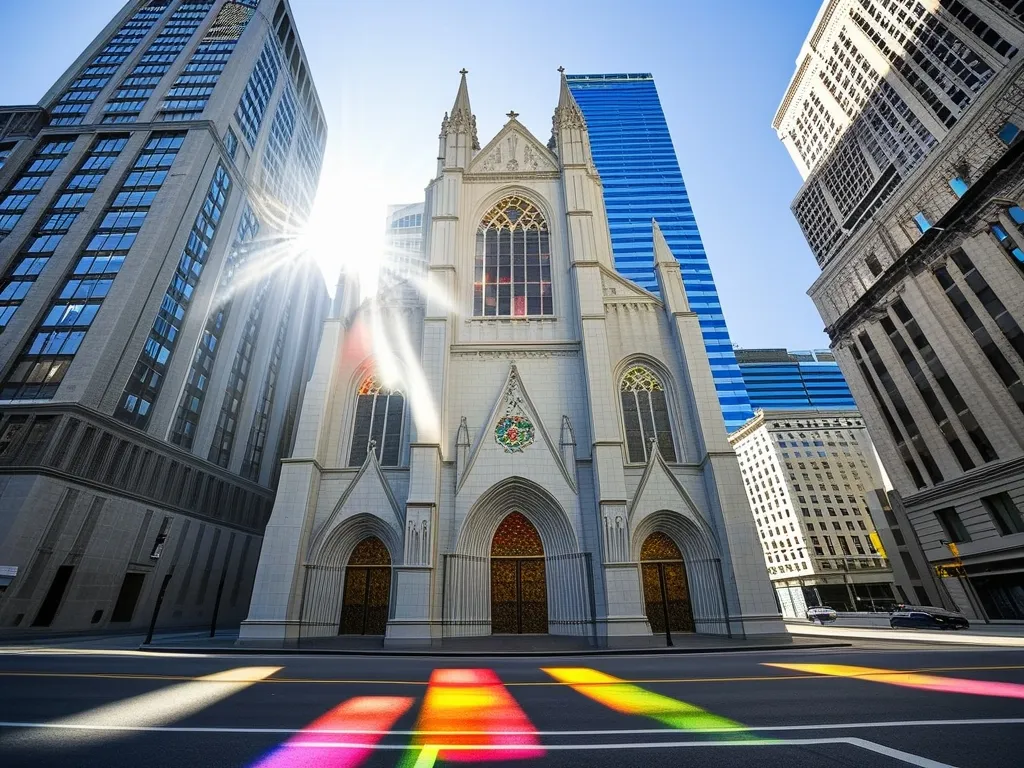Religious Pilgrimages and Their Transformative Effects
The world’s great religious traditions have long recognized the power of pilgrimage. These sacred journeys take people away from their daily lives and place them in environments designed for spiritual transformation. As I’ve studied this fascinating aspect of religious practice, I’ve found that pilgrimages operate on multiple levels - they’re physical challenges, communal experiences, and opportunities for profound personal change.
What happens when people step out of their regular lives to embark on a journey with spiritual significance? The effects can be remarkable and lasting.
The Hajj to Mecca represents perhaps the most powerful example of pilgrimage’s transformative potential. Each year, millions of Muslims from across the globe gather in Saudi Arabia for this sacred journey. Upon arrival, pilgrims exchange their everyday clothing for simple white garments called ihram. This act immediately dissolves social barriers - the wealthy banker and the humble farmer become visually indistinguishable.
The psychological impact of this equality is profound. When everyone dresses identically and performs the same rituals, superficial differences fade away. Pilgrims frequently report that this experience fundamentally alters their perspective on the global Muslim community. They return home with a tangible sense of belonging to something much larger than themselves - a worldwide family united by faith.
“The Hajj makes Muslims feel the real importance of life here on earth, and the afterlife, by stripping away all markers of social status, wealth, and pride,” Malcolm X famously noted after his pilgrimage transformed his views on race and religion.
Have you ever experienced a moment when external markers of identity fell away, leaving you with a clearer sense of what truly matters?
The Camino de Santiago offers a different but equally powerful transformative pathway. This ancient Christian pilgrimage through northern Spain involves weeks of walking - sometimes hundreds of miles. The physical demands create a unique environment for self-reflection. With each step, pilgrims have time to process their thoughts, work through problems, and gain clarity about their lives.
The prolonged nature of this journey creates a walking meditation unlike anything in normal life. Pilgrims report psychological renewal and often make significant life decisions during or after their Camino experience. Research shows that many pilgrims describe the experience as authentic, intense, unique and meaningful. They often find themselves in a liminal space - between worlds - where normal social structures are temporarily suspended.
This suspension of ordinary life allows for remarkable personal transformation. A pilgrim might begin the Camino amid career confusion or relationship troubles and finish with renewed purpose. The repetitive physical movement, combined with beautiful landscapes and encounters with fellow travelers, creates ideal conditions for psychological healing and growth.
“All journeys have secret destinations of which the traveler is unaware,” wrote philosopher Martin Buber - a truth many Camino pilgrims discover for themselves.
What question would you walk with for weeks if you had the chance to undertake such a journey?
Kumbh Mela presents a dramatically different pilgrimage model. This massive Hindu gathering occurs at rotating sacred river locations in India. What makes Kumbh Mela remarkable is its scale - temporary cities form to accommodate millions of pilgrims seeking ritual purification through bathing in sacred waters.
The communal nature of this pilgrimage creates powerful transformative effects. Pilgrims find themselves immersed in a sea of spiritual seekers, exposed to diverse religious teachings from various Hindu traditions. The shared ritual bathing represents a powerful symbolic cleansing that many participants describe as spiritually renewing.
Beyond the spiritual aspects, Kumbh Mela creates profound social connections. People from different regions, castes, and backgrounds gather with a common purpose, often forming bonds that transcend their usual social boundaries. These connections frequently persist long after the pilgrimage ends.
“In the ocean of humanity at Kumbh Mela, one finds both losing and finding oneself,” observed religious scholar Diana Eck.
When was the last time you felt truly part of something larger than yourself?
The 88 Temple Pilgrimage around Japan’s Shikoku Island offers yet another model of transformative journey. This Buddhist circuit spans nearly 750 miles and typically takes weeks to complete. Pilgrims follow in the footsteps of Kobo Daishi, founder of Shingon Buddhism, stopping at 88 temples along the way.
What makes this pilgrimage particularly transformative is its extended contemplative nature. For weeks, pilgrims focus on each step, each temple, and each interaction. This sustained attention creates ideal conditions for shifting one’s relationship with suffering and impermanence - central concepts in Buddhist thought.
Many pilgrims report that the physical challenges of the journey - fatigue, blisters, weather - become teachers themselves. Learning to accept discomfort without excessive resistance mirrors Buddhist teachings about the nature of suffering. The repetitive temple rituals and extended walking meditation often lead to states of awareness difficult to achieve in ordinary settings.
“The real voyage of discovery consists not in seeking new landscapes, but in having new eyes,” wrote Marcel Proust - a sentiment that perfectly captures the transformative potential of the Shikoku pilgrimage.
How might your perception of everyday challenges change if you viewed them as teachers rather than obstacles?
Mount Kailash Circumambulation stands out for its remarkable cross-religious significance. This sacred mountain in Tibet attracts pilgrims from four religions: Hinduism, Buddhism, Jainism, and Bon. The challenging circuit around the mountain requires trekking at high altitude under harsh conditions.
The physical demands of this pilgrimage create a particular kind of transformation. Pilgrims must confront their physical limitations while surrounded by stark, dramatic landscapes that naturally evoke spiritual awe. Many report profound experiences of transcendence and connection to something greater than themselves.
The multi-faith nature of this site adds another layer to its transformative potential. Pilgrims encounter others following different traditions yet drawn to the same sacred place. This often leads to expanded perspectives on religious diversity and common spiritual yearnings.
Perhaps most distinctively, many Mount Kailash pilgrims develop deeper environmental reverence. The pristine mountain environment, considered a deity itself in some traditions, awakens ecological awareness that pilgrims carry back to their communities.
“Mountains are the beginning and end of all natural scenery,” John Ruskin wrote, capturing something of the primordial power these landscapes hold over human consciousness.
When have you felt most connected to the natural world, and how did that experience change you?
The Western Wall in Jerusalem presents a different model of pilgrimage - one centered on a single, concentrated site rather than an extended journey. This holiest accessible Jewish site draws visitors who place written prayers between ancient stones, physically connecting their petitions with the Divine.
The transformative power of this pilgrimage lies in its historical resonance. Standing before stones that have witnessed thousands of years of Jewish history creates a profound sense of continuity with past generations. Many visitors report feeling their personal identity strengthened through this tangible connection to their ancestors.
The practice of writing prayers on small papers and inserting them into the wall creates a physical manifestation of inner yearnings. This embodied ritual often proves more emotionally powerful than silent prayer alone. The visible accumulation of countless prayer notes reminds pilgrims they are part of a community spanning time and space.
“Memory is a central element in how we see our individual and collective pasts, how we see ourselves, and how we construct our identity,” wrote Yosef Hayim Yerushalmi, highlighting why places like the Western Wall hold such transformative power.
What would you write in a prayer to place in these ancient stones?
These diverse pilgrimages share common elements that explain their transformative effects. They remove people from ordinary environments, creating liminal spaces where normal rules and identities are temporarily suspended. They involve embodied practice rather than merely intellectual engagement. And they connect individual seekers with communities of fellow travelers, both present and past.
The transformations pilgrims experience would be difficult to achieve through ordinary religious practice alone. There’s something about the combination of physical journey, sacred destination, and communal ritual that creates ideal conditions for personal change.
As modern life grows increasingly virtual, these ancient practices of physical pilgrimage offer something uniquely valuable - the chance to engage with spirituality through the body, in community, and connected to traditions that span generations. Their continued popularity across religious traditions suggests they meet fundamental human needs for meaning, connection, and transformation.
